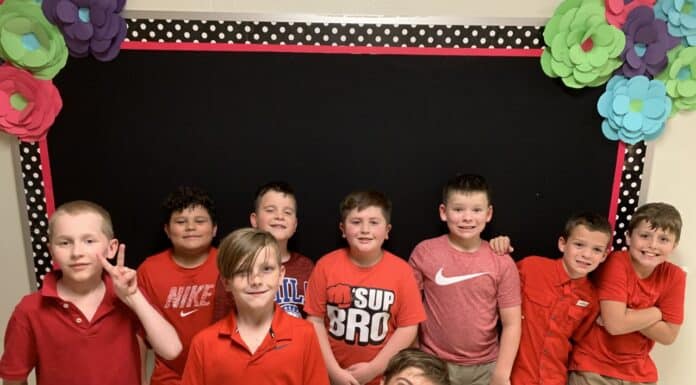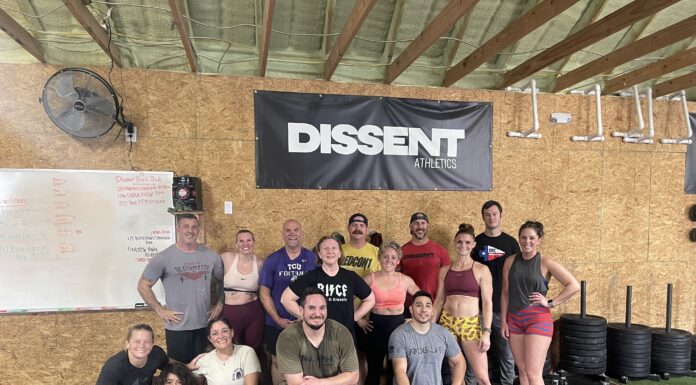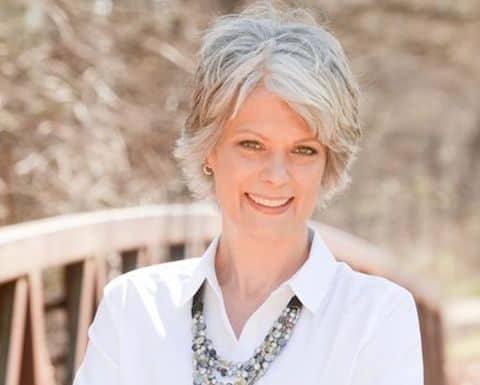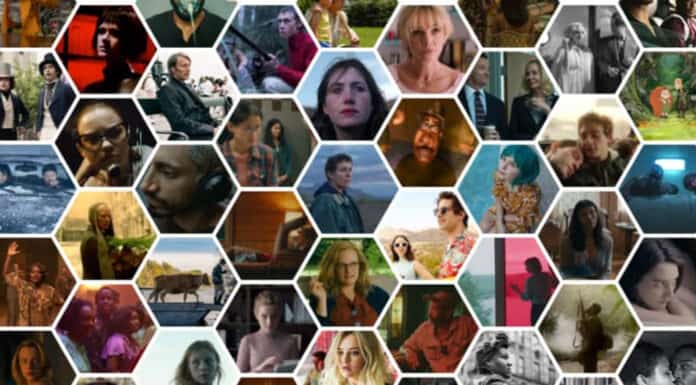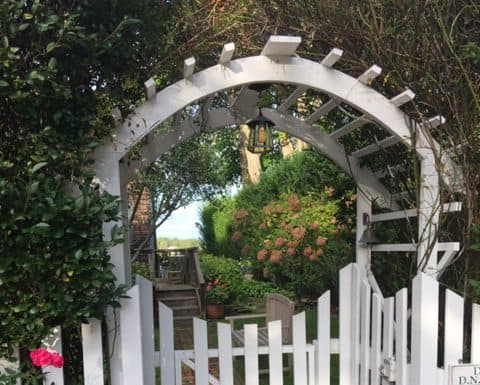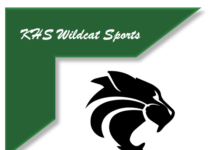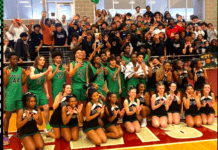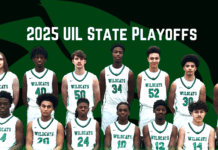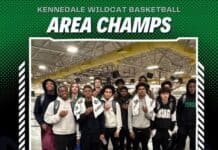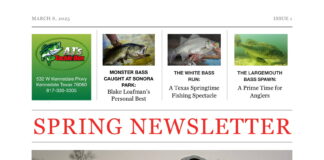Odyssey
We?re in the midst of the wonderful time of year known as election time. Oh isn?t it wonderful, all the commercials, televised debates, tweets, posts, pictures located all across the World Wide Web. It didn?t use to be this way. {{more:[read more]}}When elections and campaigning first became a thing within the United States back with our first president, George Washington, there was none of this. Here?s some insight into the world of politics with regard to methods of mass communication such as televised debates which are quite prominent now as well as the use of social media from then and now.
The first president to be heard on radio was Warren G. Harding, and that wasn?t until June 14, 1992. He was giving a tribute to Francis Scott Key, the writer of the Star-Spangled Banner on that day. His tribute was broadcasted and made way to a whole new idea of addressing the American public. It wasn?t until the Coolidge administration that a radio specific address was delivered. 1920 was the first time election results were conveyed across the platform declaring that Harding was victorious. It wasn?t until the 20th century that the ways of communication had seen the greatest advancement. Roosevelt used the radio all throughout the duration of his terms in the 1930s and 40s, while JFK was the first to appear in televised presidential debates of 1960 in which he declared victory, and Bill Clinton created the first White House website in the late 90s early 2000s.
It?s evident that there was quite a progression just within those few years and that?s even without the introduction of social media, which now has become such a driving force for campaigning and elections. Social media is one thing that wasn?t prominent until President Obama?s 2008 presidential campaign. You could say that it?s relatively a new avenue for politicians. Obama may have been the first to successfully use it to his advantage as he closed in on the campaign and was elected president but it is potentially an avenue that is running rampant within these current 2016 campaigns. Some may even say it?s because of social media that some candidates have ruined their chances of becoming president. Social media can be used to one?s advantage as in Obama?s case but it also be used in a very cutthroat manner as a way of slander or manipulation. As we?ve seen one by one many delegates from both the Republican and Democratic parties during this year have begun to drop out. Not necessarily because of social media on its own but maybe an accumulation of everything together. There were so many people when the race began but now it seems our options have become limited. I?m not claiming that any of our options are good nor bad as I am not taking sides for the purpose of the article but I will say we don?t have quite the variety we had to choose from when it all began.
As far as today we are in such a big election year and I feel as though this will be one to remember when it?s all said and done. Each candidate from both parties have so much that can be used to their advantages such as the use of televised debates which allow for Americans to see each one?s perspectives and how they act on camera as a public figure. It allows us to see and compare each one and see if that?s who we want to run our country. Also, with the prominence of social media the candidates can interact with followers and supporters if they choose or even just the other candidates. Social media and television are very viable sources for outreach and it seems as though each candidate is using it to their advantage within this election.
**********************Nadeya Patel is a sophomore at Tarleton State pursuing a double
major in History and English. Her goal is to become a curator and
work at museums all across the United States specifically those in Virginia and
Washington D.C.
About Tarleton State University:
With its main campus in Stephenville, an hour southwest of
Fort Worth, Tarleton State University is part of the Texas A&M
University System since 1917 but offers its own “brand of personal attention, individual
opportunities, history, tradition and community.” Tarleton offers nearly 100
undergraduate and graduate degrees, as well as a doctorate in education, within
five colleges: Agricultural and Environmental Sciences; Business Administration;
Education; Liberal and Fine Arts; and, Science and Technology. The Fall 2015 academic enrollment was 12,326. Tarleton has expanded online undergraduate and graduate
programs and offers classes in Waco, Midlothian, and Fort Worth. Find out more at: Tarleton State
University

















